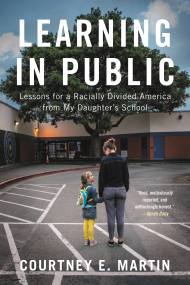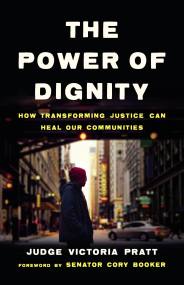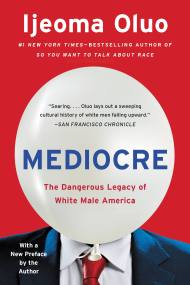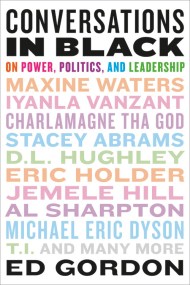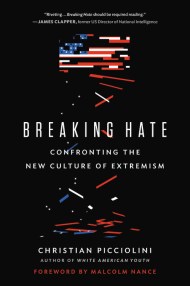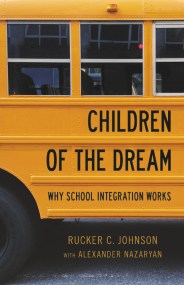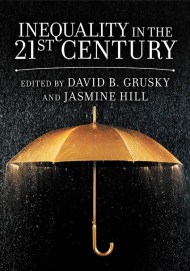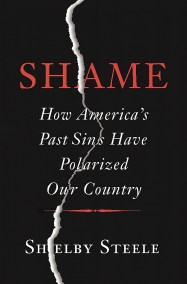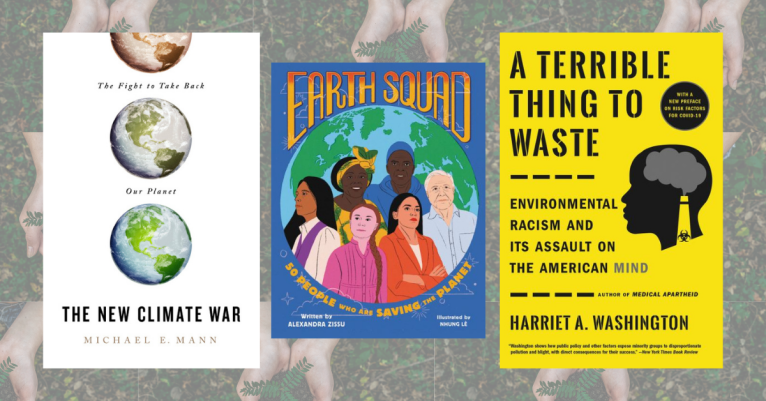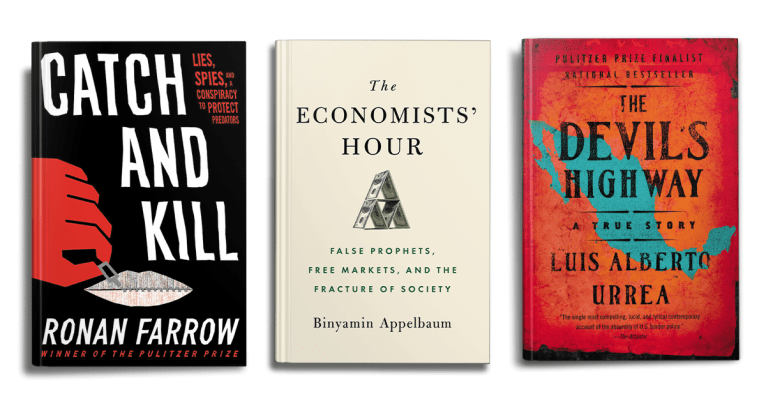
Shopping Cart
A Terrible Thing to Waste
Environmental Racism and Its Assault on the American Mind
Description
- Middle-class African American households with incomes between $50,000 and $60,000 live in neighborhoods that are more polluted than those of very poor white households with incomes below $10,000.
- When swallowed, a lead-paint chip no larger than a fingernail can send a toddler into a coma — one-tenth of that amount will lower his IQ.
- Nearly two of every five African American homes in Baltimore are plagued by lead-based paint. Almost all of the 37,500 Baltimore children who suffered lead poisoning between 2003 and 2015 were African American.
What's Inside
From Chapter 6: Taking the Cure: What Can You Do, Now?
Fight Toxins in Schools
Unfortunately, many children face their highest risks of environmental poisoning in what should be the safest of all venues: at school. A 2001 study by the Center for Health, Environment and Justice entitled “Kids at Risk—Toxic Schools: Creating Safe Learning Zones” revealed that more than 600,000 mostly poor and minority-group students in Massachusetts, New York, New Jersey, Michigan, and California were attending nearly twelve hundred public schools located within half a mile of a federal Superfund- or state-identified contaminated site (2). Contact the EPA if you are concerned that your child’s school may be one of them.
In large cities like New York and small communities like Anniston, schools as well as homes have been found to have harbored noxious, brain-damaging chemicals and heavy metals like lead. Because children spend so much time in schools, such environments require attention and immediate detoxification.
Unfortunately, you cannot always rely upon the school administrators to assume leadership. In New York City, school administrations hid their schools’ lead contamination by deliberately misleading investigators and workers who were sent to test school lead levels (3). If you ask for information about contamination issues in your child’s school and do not receive answers, be prepared to persist and to go higher. The EPA offers information about attaining a lead-free school here.
There is power in numbers, so try to recruit other parents in your search for answers and solutions. Start at the EPA. Its guide to training testing and its “Guide for Community Partners,” a blueprint for organizing, can be downloaded here.
Poison-Proof Your Home
You cannot eliminate all sources of toxic exposure, but there are steps you can take to reduce and minimize exposures to environmental poisons within your home.
Air quality. If you live in an area plagued by heavy industrial emissions, the air quality in your home is not completely under your control, but you can improve it. If you can afford to, keep your doors and windows closed and use your air conditioner to minimize emissions, at least during high-traffic hours. Some energy companies and cities have home-energy rebate programs to assist with bills.
Vermin control. Cockroaches and dust mites worsen asthma; rodents carry pathogens that may encourage hypertension, which is linked to lowered cognition. To remove them, hire a professional exterminator and follow his advice to keep these unhealthy visitors at bay. If you rent, check your municipal codes or with the local housing authority or Legal Aid to determine your rights as a renter. Usually it is the landlord’s responsibility to ensure vermin-free housing, so she must pay for extermination.
Vacuuming. Use a HEPA vacuum often to minimize your family’s exposure to tracked-in toxic substances, dust mites, cockroach parts, and other vermin.
Cleaning supplies. Many cleaners contain volatile toxic chemicals such as halogenated hydrocarbons that harm the lungs and present neurotoxic threats that harm the brain. Others, such as bleach and ammonia, or bleach and various acids, become poisonous when mixed together. Read labels, and whenever possible, choose cleaners that do not contain a long list of chemicals — many are hydrocarbons or poisons that are readily absorbed through the skin.
Diluted bleach (which should always be handled with care), simple detergents, and ammonia can be used, separately, for many household cleaning jobs and are far more economical than complex specialized cleaners. But always use gloves and handle bleach carefully, because it can cause a lot of damage if it’s splashed on the body or if it gets in the mouth or eyes.
All cleaning products should be stored in locked, child-safe cabinets: a bad taste will not deter toddlers from sampling these poisons.
Many people use essential oils in cleaning, but these are sometimes toxic as well. Some should not be used by pregnant women, and they can be expensive. For a useful description of low-toxicity cleaning options, see Less Toxic Living: How to Reduce Your Everyday Exposure to Toxic Chemicals—An Introduction for Families, by Kirsten McCulloch (4).
Paper masks. Use paper masks during periods of highest exposure to poor air quality. This might include outdoor activities near toxics-spewing factories, riding the subway in an area of substandard air quality, or outdoor tasks that may heighten your exposure to polluted soil, air, or other pollution “hot spots.” Recall the story from Chapter 3 of Shirley Baker, who donned a paper mask to mow her toxics-soaked lawn. City dwellers should emulate commuters in heavily polluted Asian cities who are frequently seen wearing masks on public transportation. Studies show they indeed offer some protection against not only pollutants but also some communicable diseases like the flu and colds.
Shoes. Lead, industrial chemicals, animal dander, pesticides, chemical dust, pathogens, and a wide assortment of uninvited visitors can hitch a ride into your home on the soles of your shoes. Consider leaving your shoes at the door and going shoe-less inside or trading your shoes for flip-flops when you enter. And ask your guests to do the same. But avoid walking barefoot outside, where you can absorb pollutants through your skin and pick up parasites, including hookworms, which have been demonstrated to sap intelligence and are making a resurgence in parts of the United States.
________
-
Notes:
-
(2) Robert D. Bullard, “Environmental Justice for All,” Issues & Views, http://www.uky.edu/~tmute2/GEI-Web/password-protect/GEI-readings/Bullard-Environmental%20justice%20for%20all.pdf
-
(3) Susan Edelman, “DOE Officials Evasive about Lead-Tainted Fountains in Schools,” New York Post, September 8, 2018, https://nypost.com/2018/09/08/doe-officials-evasive-about-lead-tainted-fountains-in-schools; Greg B. Smith, “Top Managers Resign, Another Demoted after NYCHA Lied about Lead Paint Inspections,” New York Daily News, November 17, 2017, https://nypost.com/2017/04/18/doe-claims-schools-have-never-had-a-case-of-lead-poisoning
-
(4) Kirsten McCulloch, Less Toxic Living: How to Reduce Your Everyday Exposure to Toxic Chemicals – An Introduction for Families(Canberra, Australia: Green Gables Press, 2013)
Praise
—Angela Helm, The Root


